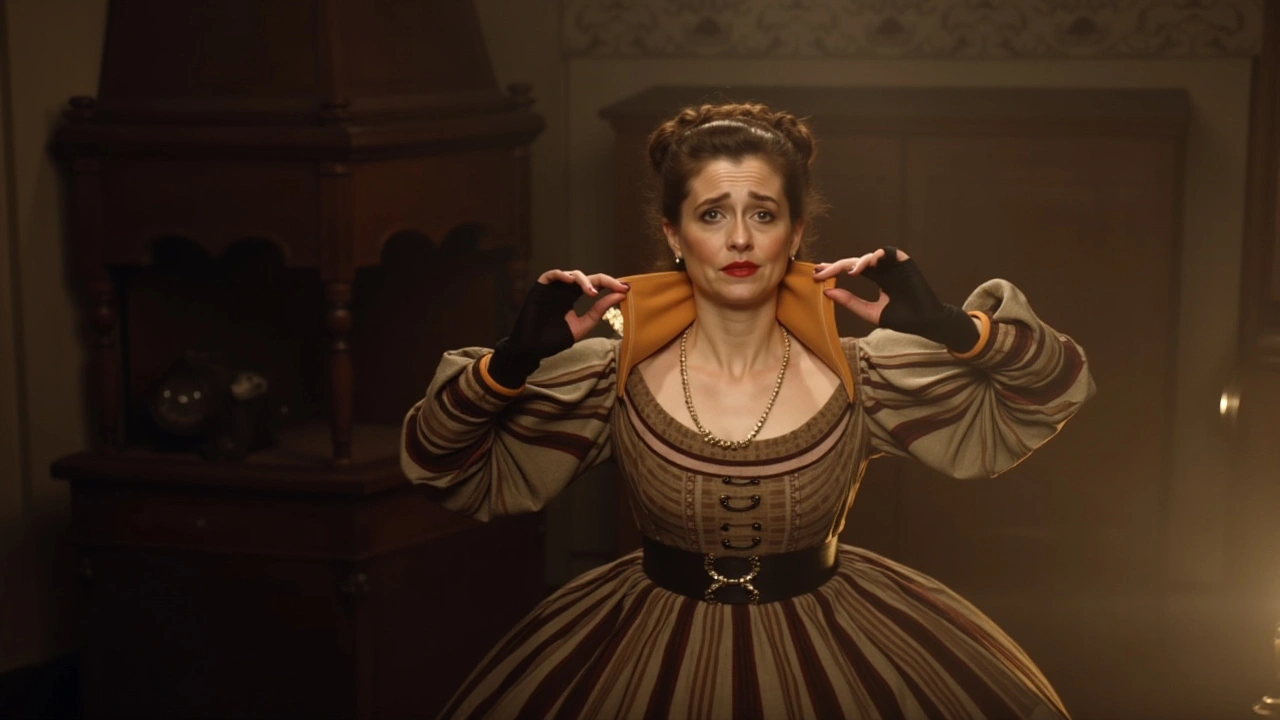Nosferatu — why the original vampire still matters
Ever wondered why a nearly 100-year-old silent movie still gives people the creeps? Nosferatu isn’t just another old horror film. It shaped how we imagine vampires on screen, turned a gothic tale into visual nightmares, and left marks you still see in TV and movies today.
The name usually points to two key things: F.W. Murnau’s 1922 silent classic and the creepy figure at its center, Count Orlok. Murnau took Bram Stoker’s Dracula, twisted it into something more expressionist and eerie, and ended up in a legal fight that almost erased the film. It survived, and that near-loss made it legendary.
Quick facts you can use
Count Orlok looks nothing like the suave Dracula. He’s gaunt, rat-like, and moves like a nightmare. The movie uses shadow, framing, and stark sets to build dread without sound. Werner Herzog’s 1979 remake, Nosferatu the Vampyre, brought the story back with color, mood, and Klaus Kinski’s intense performance. Both versions influence horror filmmakers and photographers to this day.
If you’re looking for angles to explore, consider three easy ones: film history, myth and symbolism, and modern echoes. Film history covers Murnau’s techniques and the copyright battle. Myth and symbolism dive into what Orlok represents — disease, isolation, fear of outsiders. Modern echoes include indie horror, TV vampires, and visual nods in music videos and fashion.
What you’ll find under this tag
On this tag page we collect pieces that touch Nosferatu in different ways: classic film breakdowns, reviews of remakes or restorations, essays on vampire imagery, and links between gothic themes and today’s culture. Expect clear, focused reads—no fluff—so you can learn fast whether you’re prepping for a film night or writing a school piece.
Want to watch the classics? Start with Murnau’s 1922 version for atmosphere and history. Then watch Herzog’s 1979 take to see how mood and color shift the story. Look for restored prints or versions with a good score—music changes everything in silent film viewing.
Interested in deeper context? Read about the Stoker estate lawsuit, which nearly destroyed Murnau’s work. That legal drama explains why some early cinema is lost and why preservation matters. Also check essays on how Nosferatu influenced later horror tropes: the creeping outsider, the fear of contagion, and the power of suggestion over explicit gore.
If you want recommendations, search this tag for: film restorations, director profiles, best scene breakdowns, and cultural essays linking Nosferatu to modern vampire tales. Follow the tag to get updates when we publish fresh takes, reviews, or interviews related to this iconic figure.
Questions or suggestions? Hit the search box on the site or reach out through our contact links. Tell us what angle you want—history, film craft, or pop culture—and we’ll point you to the best reads under this Nosferatu tag.



